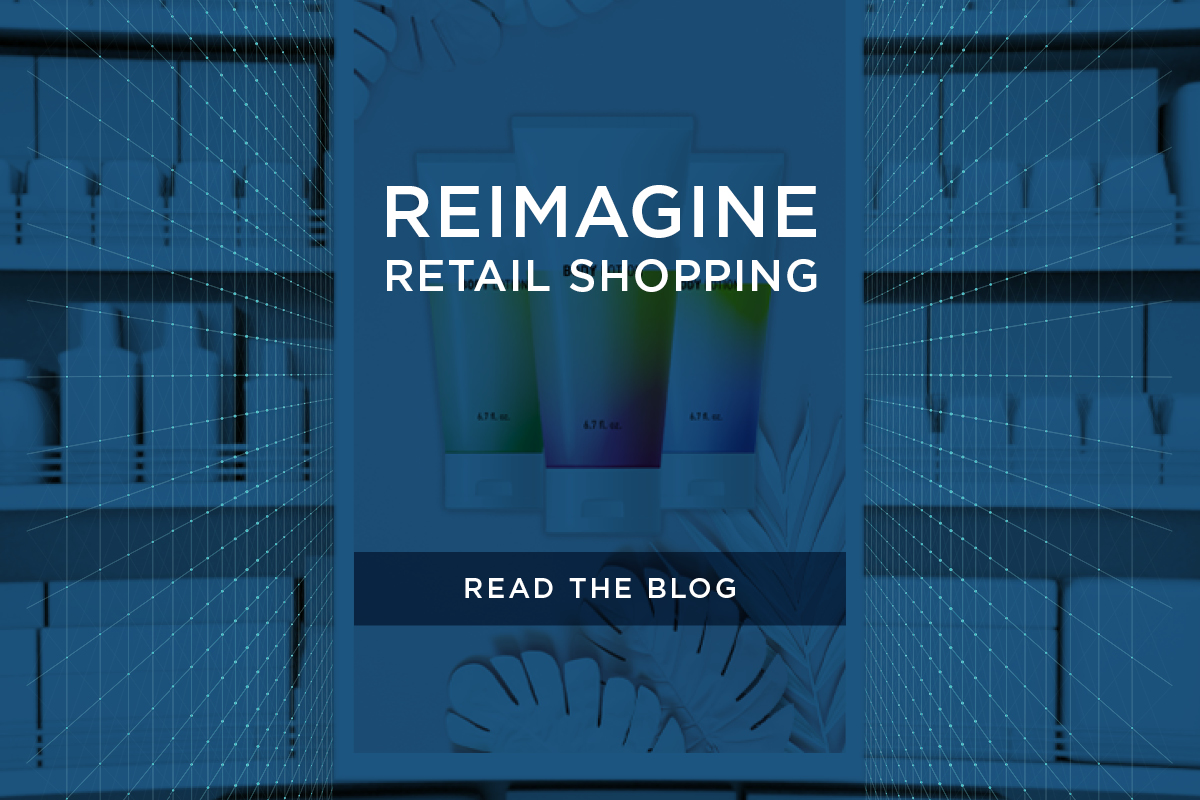Summary
The marketing game is changing, and the reason can be traced back to consumers — or, more to the point, how consumers make purchase decisions. A whopping 87% of shoppers begin their buying processes online, and 82% of consumers consult their phones before making in-store purchases.
From introducing a product to reminding customers of a pantry staple, technology is often the way to reach customers, and the savviest brands will leverage various types of marketing technology with consumer data to meet the ever-changing demands of their target audience. It allows them to put the right message in front of the right person at the right time.
Improving Marketing With Technology
In fact, 81% of consumers want brands to get to know them and recognize when to engage, and another 75% say they’re more likely to buy from a brand that can make recommendations on the basis of past purchases.
“81% of consumers want brands to get to know them and recognize when to engage”
That all requires leveraging some solid and effective technologies. Here are three approaches that can get you there:
1. Location data.
Location data can do more than provide you with a potential customer’s GPS coordinates. It gives you a full consumer view that gives you a better understanding of your shopper.
Let’s say, for example, you’re able to build a “foot-traffic” profile of a person based on his location patterns. Obviously, you know which stores he frequents, which can tell you not only the products he buys but whether your brand will ever be a factor in his purchase decisions. If so, the location can then be used to serve up an in-app mobile ad at just the right time to engage him and encourage him to take action.
2. Consumer control.
Marketing technology can do more than push your message. You can now put engagement in the hands of consumers with conversational advertising, in which an ad drives a potential customer to a conversation. Of course, the conversation is with a bot, but the experience is designed to personalize the messaging or information for the consumer based on the interaction.
The effect of technology on marketing wasn’t lost on Kia with its recent campaign, using a combination of AI and chatbots to put the consumer in control of the brand experience. Shoppers can interact with the brand however they want and get personalized car buying information — even down to making an appointment with a salesperson at a nearby dealership.
3. Frictionless experience.
With 87% of consumers willing to abandon their online carts at the first sign of checkout difficulty, a frictionless shopping experience has never been more important. Equipping a mobile ad with an “add to cart” functionality lets consumers move directly from the advertisement to your website in just a few clicks. And if you’re local to the consumer, you can even provide the option to pick up the item at the store.
If you want to stand out in the marketplace, you have to roll up those sleeves and get to know your customer base. Once you do that, you can give customers the experience they want and need by using the various types of marketing technology and can move them that much closer to making a purchase.
To learn more about how real-world location data is the bridge to understanding consumer behavior, check out our whitepaper on the subject.



